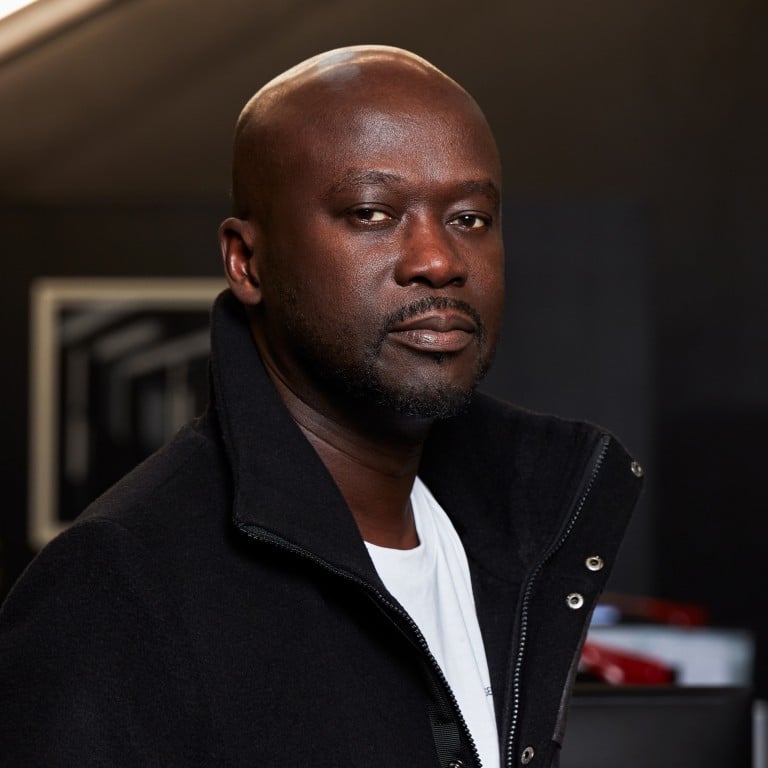Q&a / The world’s oldest single malt, Gordon & MacPhail’s 80-year-old Glenlivet whisky, is up for auction – and David Adjaye crafted a case that’s just as luxurious – exclusive interview

- The limited-edition whisky was distilled in 1940, the year Winston Churchill became prime minister, and Sotheby’s will sell the first decanter in Hong Kong on October 7
- The world-renowned architect’s previous work in wood includes London’s Sclera pavilion and IBA Hamburg – so what did he design for the Scotch whisky brand?
The world’s oldest single malt whisky deserves a special home. A lifetime in the making, Gordon & MacPhail’s 80-year-old Glenlivet whisky has finally been bottled and declared ready to drink. Distilled in 1940 – the year Winston Churchill first became prime minister and Tom and Jerry debuted – this rarest of whiskies is presented in a jewel-like decanter and “oak pavilion” box designed by world-renowned architect and designer, David Adjaye.
Only 250 decanters have been created. Ahead of the auction by Sotheby’s in Hong Kong on October 7 of decanter No 1, we speak with Adjaye about the design process and the similarities between whisky making and architecture.

How did this collaboration come about?
Gordon & MacPhail approached me because they wanted to find a partner who shared their values of “artistry” and “legacy”. I appreciated their philosophy of waiting until the liquid they mature is ready; their dedication to the art of maturation and the idea that the whisky that I would be designing a decanter for had been laid down with the vision that it would be experienced by a future generation, which of course shared parallels with architectural principles of creating buildings and spaces for years to come.
What was it about the project that interested you?
I was interested in the opportunity to do something completely bespoke for a company that embodies artisanal craftsmanship. Working with Gordon & MacPhail allowed me to observe their deep heritage of craft and labour, ingenuity and technique, which has been both defined and refined for over a century. I was really inspired to celebrate this through my own design.
What principles from architecture could you bring to this project?
Principles of precision and an exploration into materiality were key to unlocking a design for the case and decanter that would meet the same standards of the product itself. Just like in architecture, the provocation here is to think beyond form. Instead of simply creating an object or a vessel to contain the liquid, I wanted to cultivate an experience that both embodied and celebrated the magic of this artisanal product. The ambition of the design was to cultivate a multisensory moment that would implore those lucky enough to consume this bespoke whisky, to slow down and relish in the essence of its artisanal mastery.

Have you worked on similar projects before that inspired you or informed some of the design decisions you made here?










